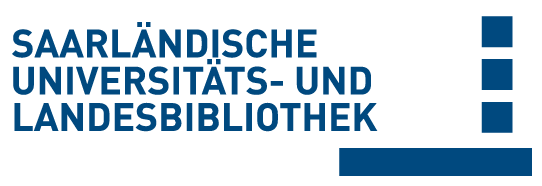Bitte benutzen Sie diese Referenz, um auf diese Ressource zu verweisen:
doi:10.22028/D291-27822 | Titel: | Tribological behavior of self-lubricating carbon nanoparticle reinforced metal matrix composites |
| VerfasserIn: | Reinert, Leander Green, Itzhak Gimmler, Steffen Lechthaler, Björn Mücklich, Frank Suarez Vallejo, Sebastian |
| Sprache: | Englisch |
| Titel: | Wear |
| Bandnummer: | 408-409 |
| Startseite: | 72 |
| Endseite: | 85 |
| Verlag/Plattform: | Elsevier |
| Erscheinungsjahr: | 2018 |
| Freie Schlagwörter: | Carbon nanoparticles Solid lubrication Carbon nanotubes Onion-like carbon Nanodiamonds Metal matrix composites |
| DDC-Sachgruppe: | 620 Ingenieurwissenschaften und Maschinenbau |
| Dokumenttyp: | Journalartikel / Zeitschriftenartikel |
| Abstract: | The present study focuses on investigating the dominant friction and wear mechanisms in case of dry sliding of carbon nanoparticle reinforced nickel matrix composites under elastic and elasto-plastic contact conditions. For this purpose, multi-wall carbon nanotubes (CNT), onion-like carbon (OLC) and nanodiamonds (nD) were chosen to represent a large variety of carbon nanoparticles as they can be systematically distinguished regarding their carbon hybridization state (sp 2 vs. sp3) as well as their morphology and size (“0D” vs. “1D”). Contact simulations based on the Greenwood-Williamson model are conducted in order to calculate the required contact loads. Friction and wear analysis is supported by complementary characterization techniques, including scanning electron microscopy, transmission electron microscopy, energy dispersive spectroscopy, Raman spectroscopy, light microscopy as well as laser scanning microscopy. It is found, that only CNT provide efficient lubrication as reinforcement phase in composites, presenting different lubrication mechanisms for the tested contact conditions. The high aspect ratio of CNT is found to be essential for the lubrication mechanisms, allowing the particles to be dragged into the direct tribological contact. The lubrication effect increases with increasing volume content of CNT, reaching a maximum steady state frictional reduction of 50% compared to the unreinforced nickel reference. |
| DOI der Erstveröffentlichung: | 10.1016/j.wear.2018.05.003 |
| Link zu diesem Datensatz: | urn:nbn:de:bsz:291--ds-278221 hdl:20.500.11880/28976 http://dx.doi.org/10.22028/D291-27822 |
| ISSN: | 0043-1648 |
| Datum des Eintrags: | 9-Apr-2020 |
| Fördernummer: | EU-Rise project Create network 644013 |
| EU-Projektnummer: | info:eu-repo/grantAgreement/EC/H2020/644013/EU//createE-Network |
| Fakultät: | NT - Naturwissenschaftlich- Technische Fakultät |
| Fachrichtung: | NT - Materialwissenschaft und Werkstofftechnik |
| Professur: | NT - Prof. Dr. Frank Mücklich |
| Sammlung: | SciDok - Der Wissenschaftsserver der Universität des Saarlandes |
Dateien zu diesem Datensatz:
| Datei | Beschreibung | Größe | Format | |
|---|---|---|---|---|
| Itzhak Green_mit_Vorblatt.pdf | Accepted Manuscript | 13,48 MB | Adobe PDF | Öffnen/Anzeigen |
Diese Ressource wurde unter folgender Copyright-Bestimmung veröffentlicht: Lizenz von Creative Commons


